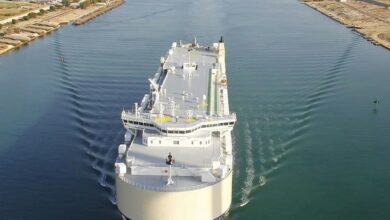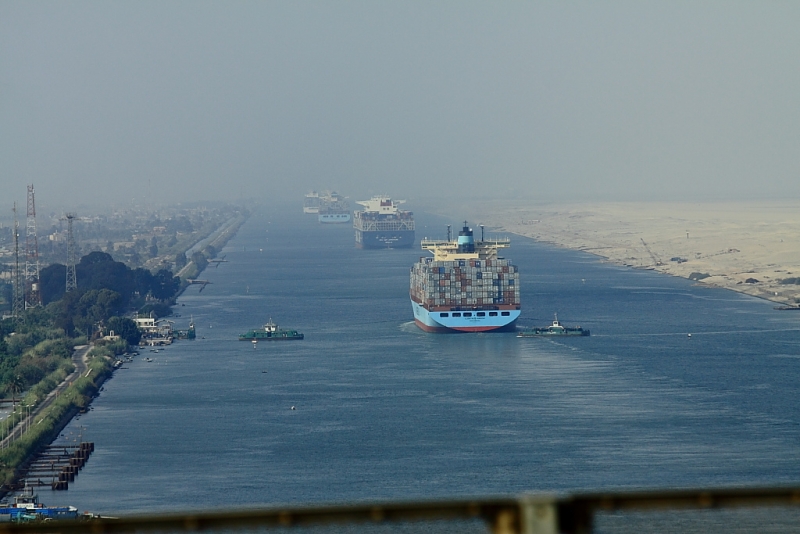
Saint-Gobain breaks ground on its third glass factory in Egypt’s Sokhna zone, investing €175 million on a 200,000 sqm facility in the presence of Waleid Gamal al-Dien, Chairman of the General Authority for the Suez Canal Economic Zone (SCZONE), Eric Chevallier, French Ambassador to Cairo, and Hadi Nassif, CEO of Saint-Gobain for the East Mediterranean and Middle East cluster.
Expected to produce 10 megawatts of power, the plant should also help reduce carbon emissions by roughly 6,000 tons.
“I’m glad to witness the groundbreaking for a new project for the French company Saint-Gobain, which represented the great partnership between SCZONE and French investments. The glass production project is a necessary need, which could be one of the complementary industries within Egypt’s plans to localize automotive industries in the East Port Said industrial zone,” al-Dien said.
“SCZONE also cooperates with French investments in green fuel production and the field of logistics in addition to many other industries, which confirms the depth of relations and common economic goals, whether in manufacturing or the practices that are consistent with clean energy and sustainable product production. The robust infrastructure, development of ports, trained technical labor, and the availability of energy resources are the greatest supportive investment incentives, in addition to the direct financial incentives. I really appreciated that the factory’s plan to export 60 percent of production is in line with Egypt’s goals to support exports and reach Exports worth $100 billion.” al-Dien added.
Chevallier echoed the sentiment, “I’m very happy to be in SCZONE, which enabled me to see the extent of development and I will visit it again to explore more about its projects. This event supports what the presidents of Egypt and France aim to achieve and confirms the depth of relations between the two countries.”
“The construction of this new factory is evidence of the common economic visions, as Egypt is a crossing point for the Arab world and Africa. The solar energy plant represents the joint work that can be achieved in the field of reducing emissions, and working for the future through the exchange of experiences, research, and the transfer of technology.” Chevallier said.




